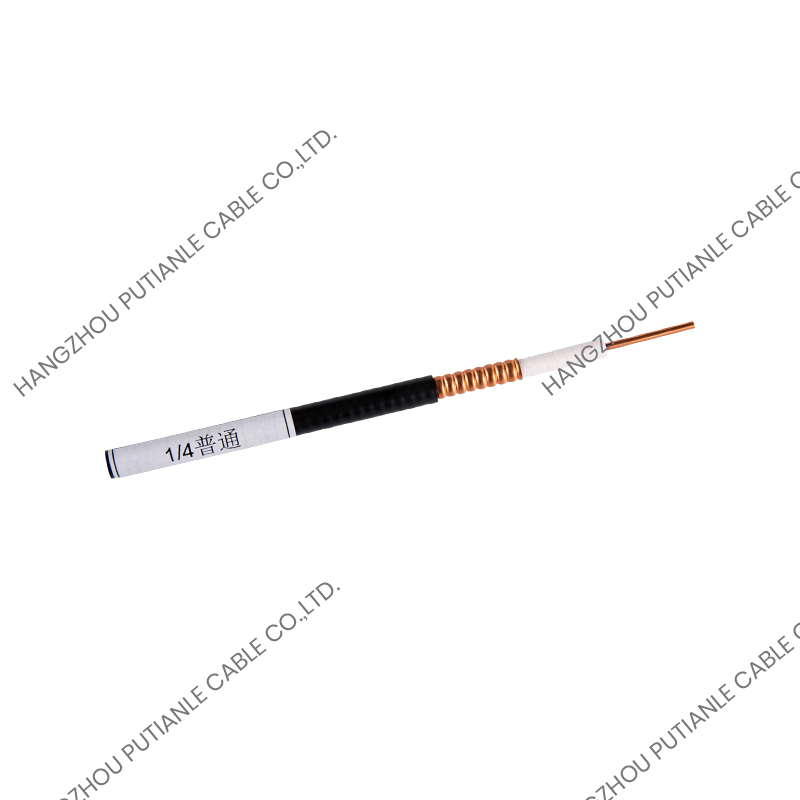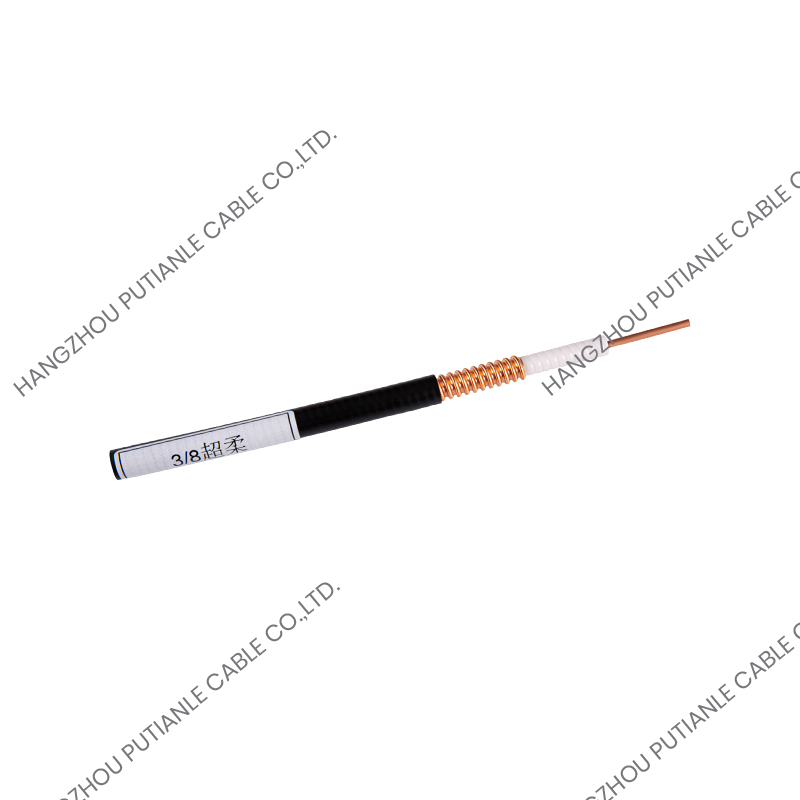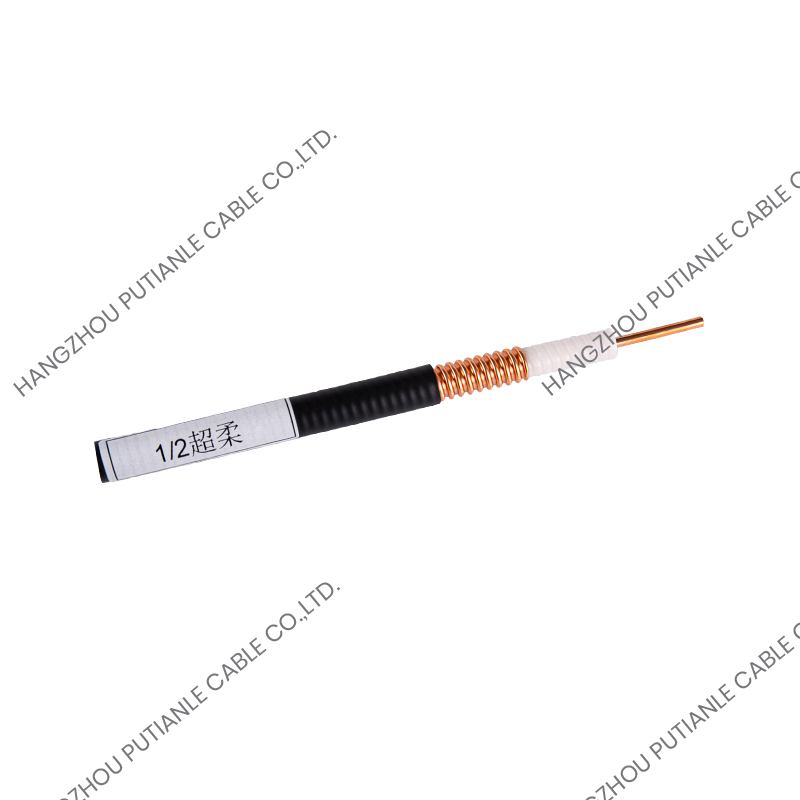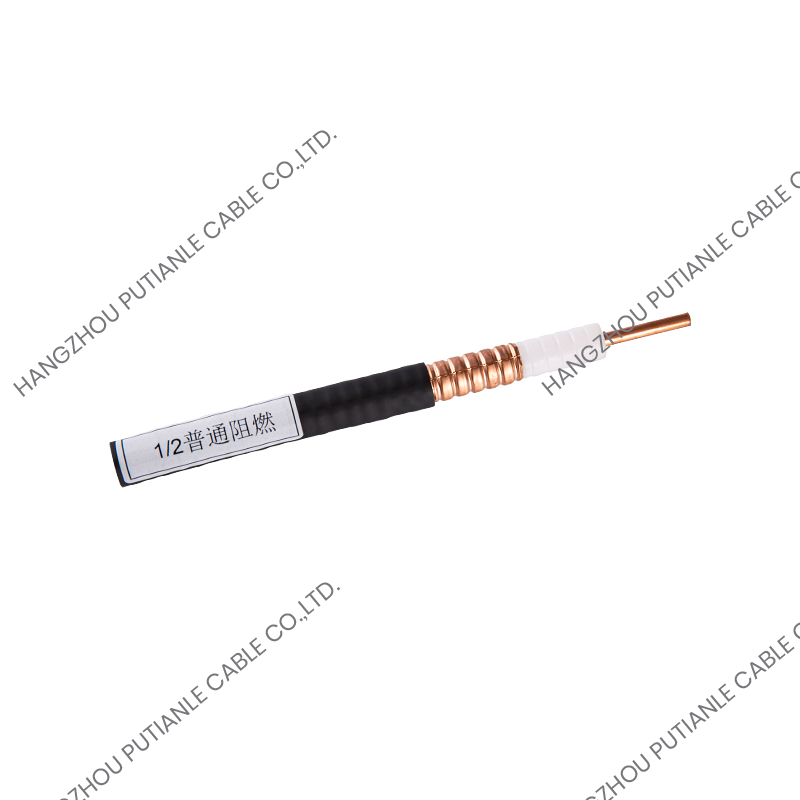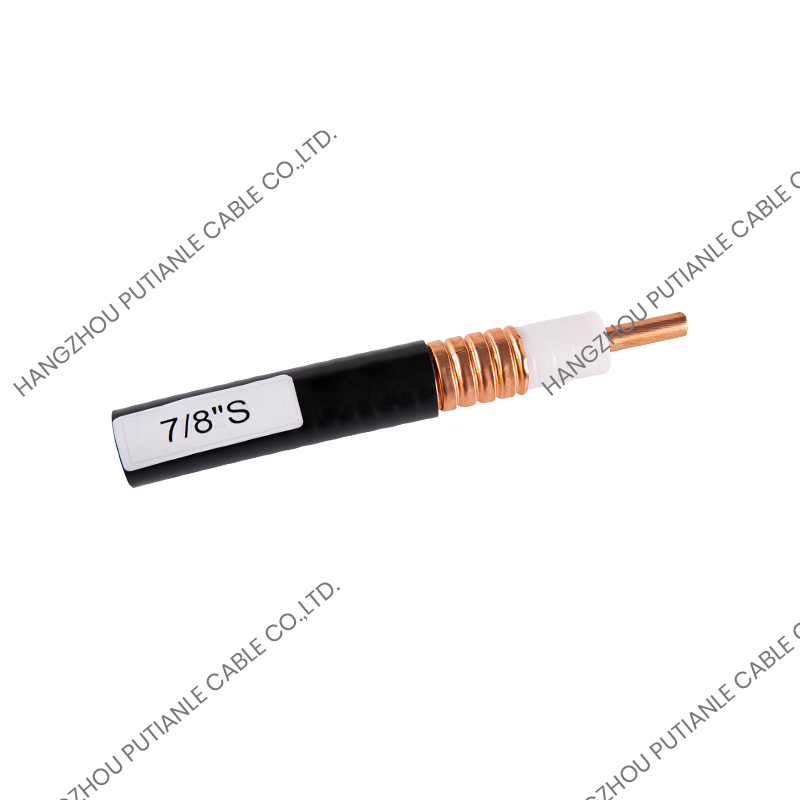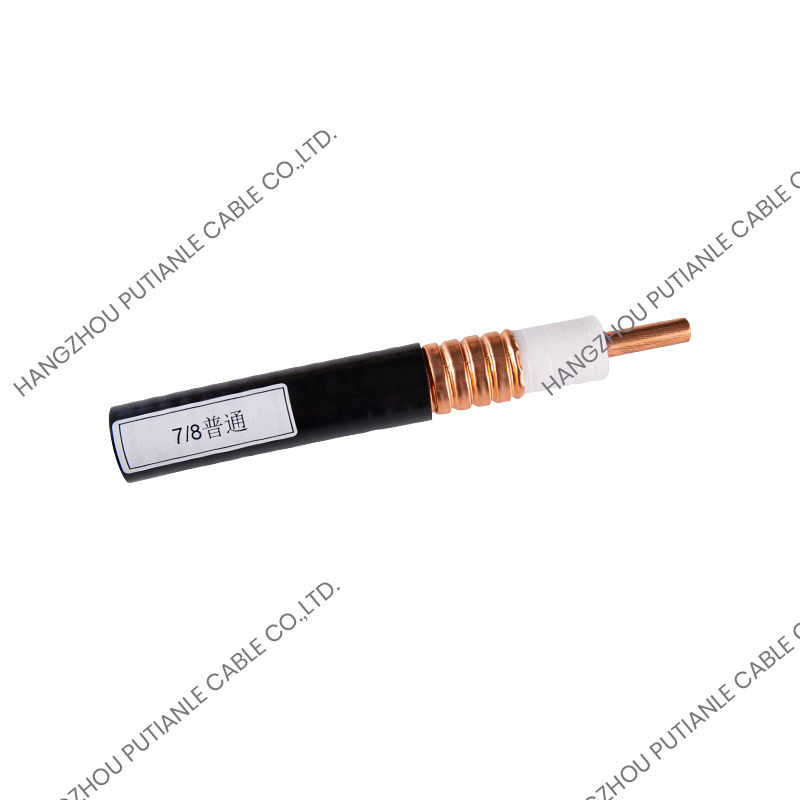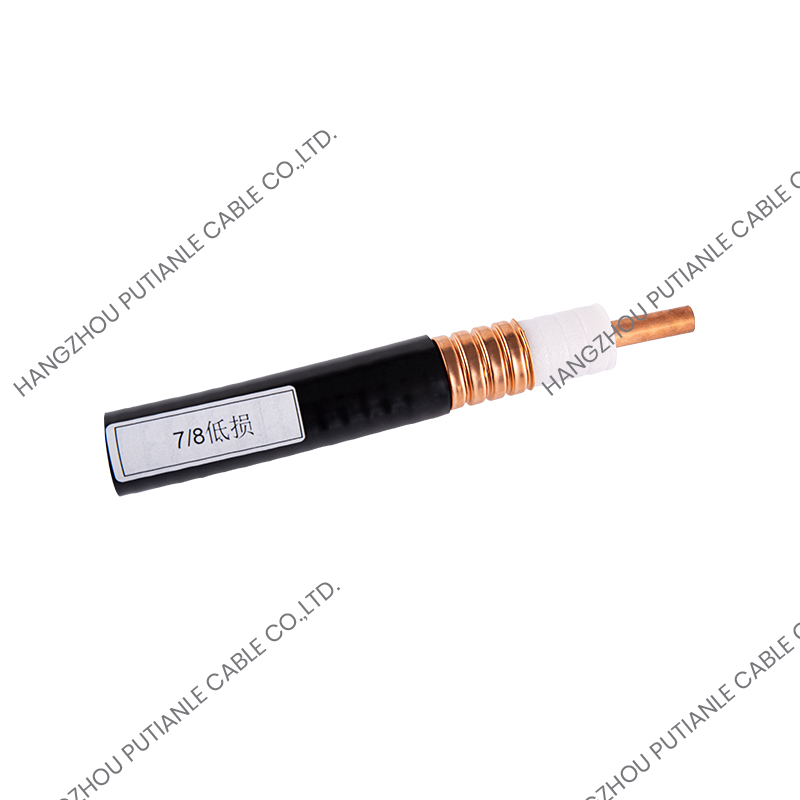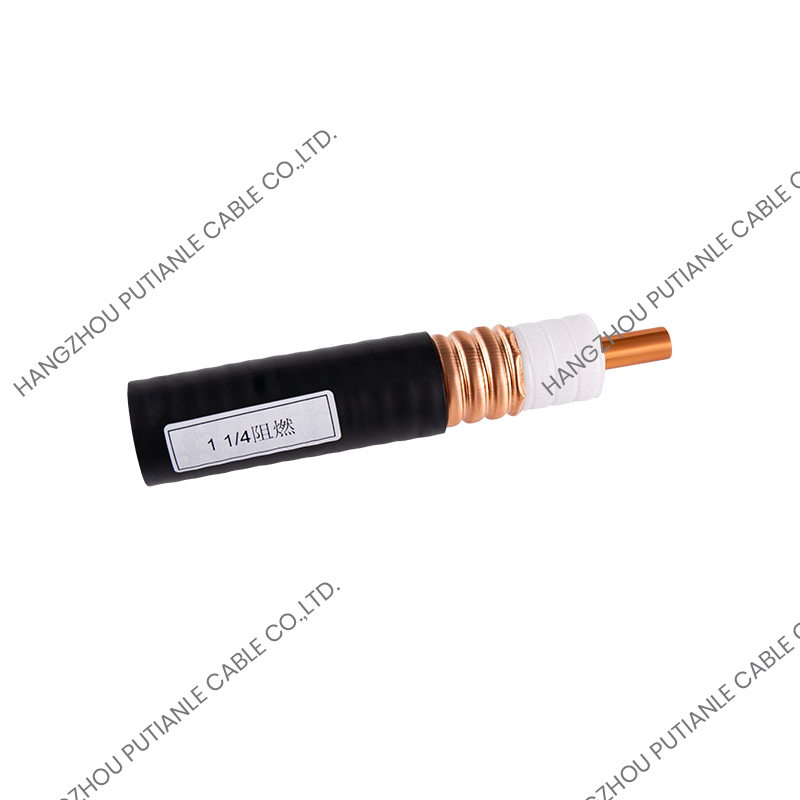Fiber optic networks have revolutionized the way we transmit data, delivering high-speed communication with remarkable efficiency over vast distances. However, even the most advanced technology faces challenges, and one of the most common hurdles in fiber optic systems is signal attenuation— the gradual weakening of light signals as they travel through the cable. Attenuation can significantly impact the performance of a fiber optic network, but understanding the causes and how to mitigate them during installation and maintenance is key to ensuring optimal efficiency and reliability.
One of the primary causes of signal attenuation in fiber optic cables is absorption. As light pulses travel through the fiber, some of the energy is absorbed by the glass material itself. The impurities within the glass, even in minute quantities, absorb a portion of the light, converting it into heat and causing a reduction in signal strength. Although modern manufacturing techniques have minimized the amount of impurities in fiber cables, absorption still occurs to some degree. The solution to this is to use high-purity glass fibers and advanced manufacturing processes that reduce the presence of these impurities. Ensuring proper material quality during the selection process is essential for minimizing absorption losses.
Another major factor contributing to attenuation is scattering, which occurs when light interacts with microscopic irregularities in the fiber’s core material, causing the light to spread out and lose its focus. This scattering effect, known as Rayleigh scattering, is inherent to the material and becomes more pronounced with higher data rates, as shorter wavelengths of light are more susceptible. While scattering can’t be completely eliminated, its effects can be minimized by using high-quality fiber optic cables with a uniform core structure. Additionally, choosing the appropriate wavelength for the transmission based on the specific characteristics of the fiber can reduce the impact of scattering, allowing for more efficient data transmission over longer distances.
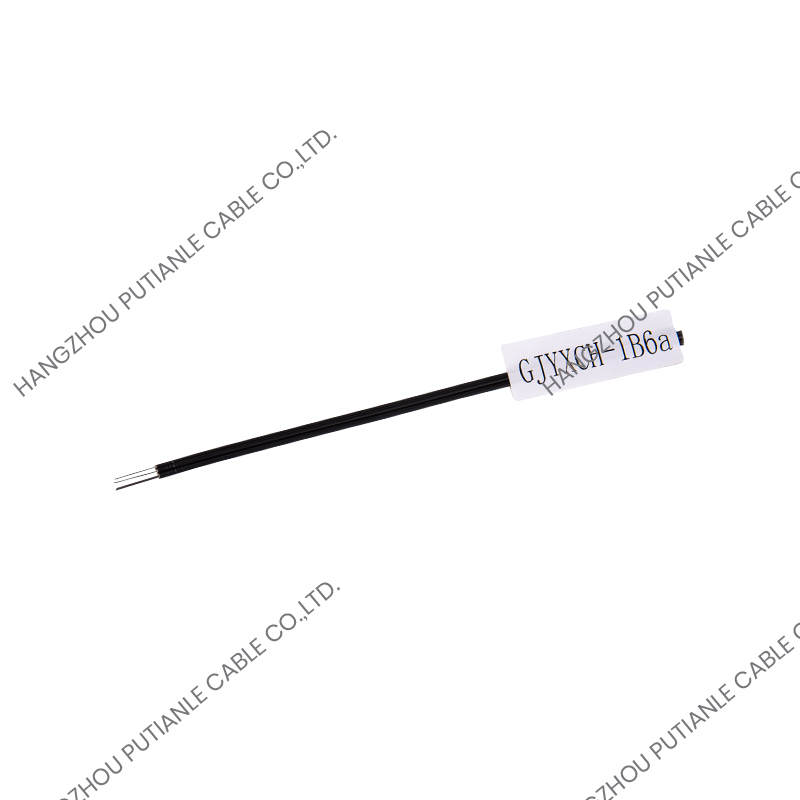
Bending losses, also known as macrobending and microbending, are another significant cause of signal attenuation. Macrobending occurs when a fiber optic cable is bent too sharply, causing the light to escape from the core, while microbending refers to tiny imperfections or stress points along the cable that can distort the light path. Both types of bending losses are common in environments where cables are routed through tight spaces or exposed to physical strain during installation. To mitigate bending losses, installers must follow best practices, such as adhering to recommended minimum bend radii and using bend-insensitive fiber optic cables, which are designed to tolerate tighter bends without excessive signal loss. Proper cable management, with careful attention to routing and securing the fiber, can further prevent unnecessary bending and ensure long-term performance.
Connector and splice losses also play a role in fiber optic attenuation. Every time a cable is spliced or connected to another, there is a potential for signal loss due to imperfect alignment of the fiber cores or contamination at the connection point. Dirt, dust, and other particles can create obstacles for light transmission, leading to a loss of signal strength. To reduce these losses, technicians must ensure that connectors and splices are performed with precision, using high-quality equipment and following proper cleaning procedures. Regular maintenance of connectors, including cleaning and inspection, is crucial to maintaining signal integrity over time.
Lastly, environmental factors such as temperature fluctuations, moisture, and physical stress can impact the performance of fiber optic cables. Extreme temperatures can cause expansion or contraction of the cable materials, leading to additional stress and attenuation. Similarly, exposure to moisture can cause degradation of the cable sheath and core, particularly in outdoor installations. To mitigate these risks, it’s essential to use cables that are designed to withstand specific environmental conditions, such as temperature-resistant or moisture-proof sheaths. During installation, ensuring that cables are properly sealed and protected from harsh elements can prevent long-term damage and signal loss.


 中文简体
中文简体 English
English Español
Español

